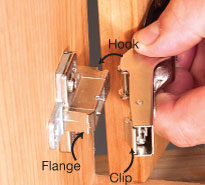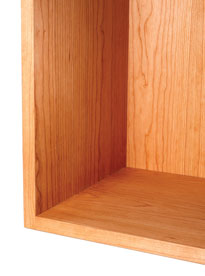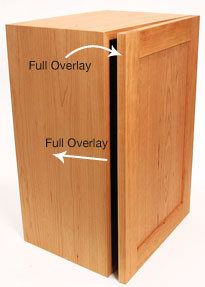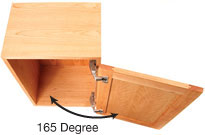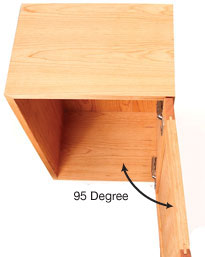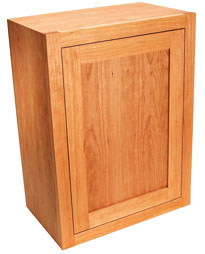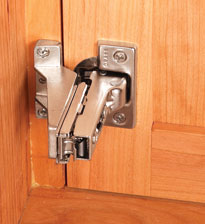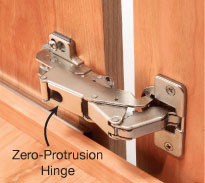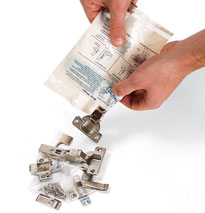We may receive a commission when you use our affiliate links. However, this does not impact our recommendations.
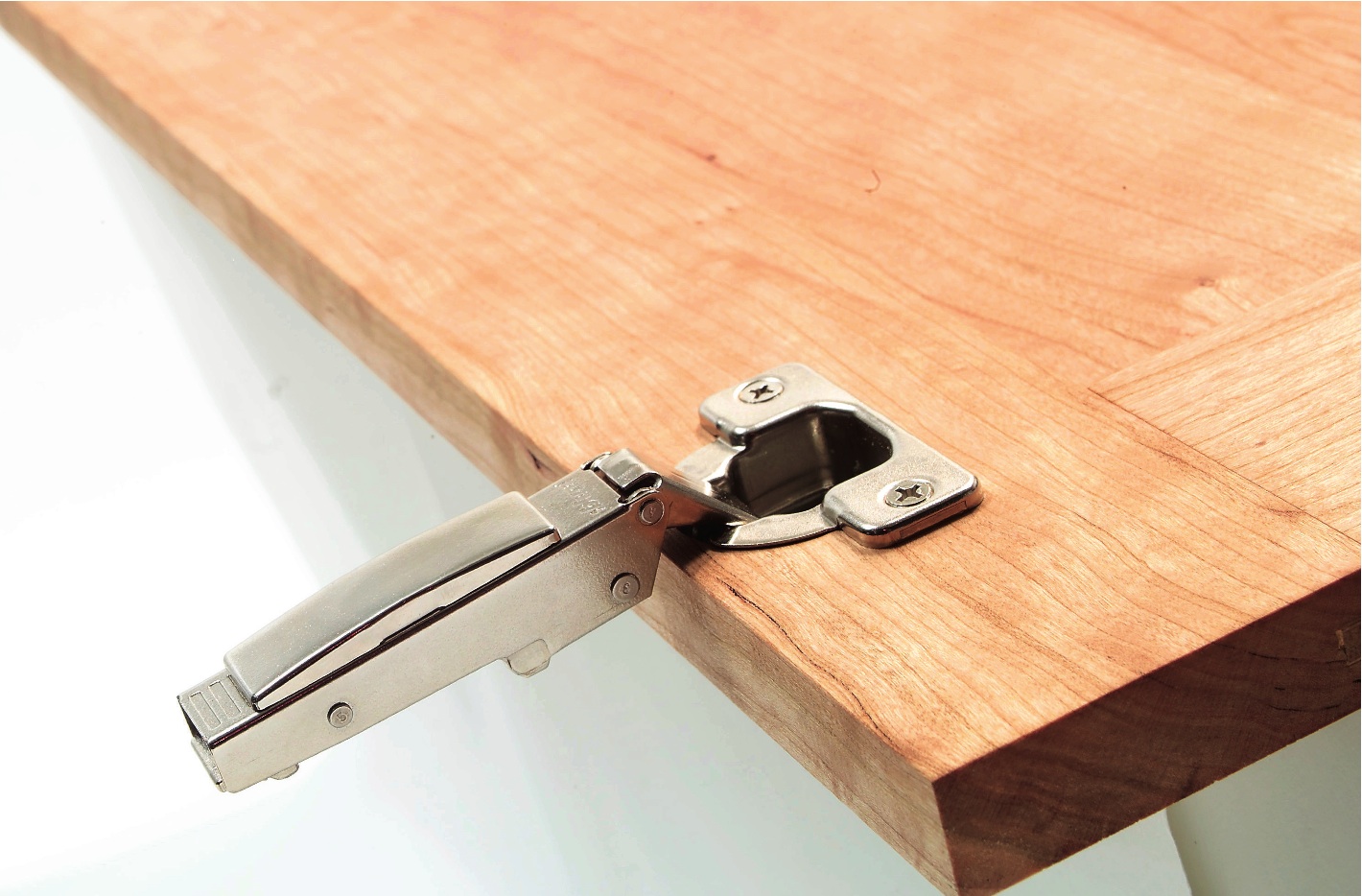
They're really easy to install. You simply drill holes and pop the hinges and mounting plates into place. Cabinet shops use sophisticated boring machines for production work, but all you really need is a drill press, a 1-3/8-in. flat-bottom boring bit (see Tool Tip) and a 3/32-in. twist bit. They make doors mountable in seconds. You just snap Euro hinges into place. Removal's a snap, too. You can dial in a perfect fit. Euro hinges have adjustment screws that allow you to move the doors up or down, side to side, and front to back after they've been installed. There's a Euro hinge for almost every door: Thick doors, bi-fold doors, glass doors, doors with narrow stiles or profiled edges. Self-closing hinges are most common, but free-swinging versions are also available. They don't show. Euro hinges mount behind the doors and inside the cabinet, so they're hidden when the doors are closed. They're cost-effective. Euro hinges cost more than traditional hinges, but they make installation go a lot faster. Some pro shops charge $100 more per door to install traditional hinges. If Euro hinges have a drawback, it's that there are so many variations it's hard to figure out which ones are right for your project. Catalogs and Web sites commonly present diagrams and charts to help you choose. Unfortunately, they're almost always loaded with dimensions, unfamiliar terms and installation details that just make things worse. The fact is, you don't have to know a lot about Euro hinges to choose the right ones.
Euro Hinge Anatomy
Euro hinges have two parts: a hinged cup-and-arm mechanism and a baseplate. The cup mounts in a flat-bottomed hole drilled in back of the door. The arm locks onto the baseplate, which is fastened to the cabinet wall or face frame. Cup-and-arm mechanisms come in several variations for different opening capacities. Baseplates come in several thicknesses, to work with different door and cabinet styles. Mounting-hole locations also vary, depending on the application.
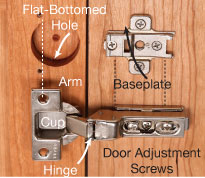
Must-Have Features
Snap-on attachment. Spring-lock hinges snap on and off the baseplate with finger pressure. Avoid hinges that clamp to the baseplate with a screw. They can work loose, leaving you with floppy doors.
|
Simple Vertical Adjustment
|
Screw-on fastening |
What Style Are Your Cabinets?
Face-frame cabinets have frames glued to the front of the cabinet box. This frame makes the cabinet rigid, but it reduces the size of the opening.
|
Face-frame cabinets have frames glued to the front of the cabinet box. This frame makes the cabinet rigid, but it reduces the size of the opening. |
Frameless cabinets are completely open, bordered only by the edges of the cabinet box. The glued-in back makes the cabinet rigid. |
What Style Are Your Doors?
|
|
|
Overlay Doors mount in front of the cabinet or face frame. Doors with full-overlay hinges cover the 3/4-in.-wide edge of the frameless cabinet side. Doors with half-overlay hinges cover half of the 3/4-in.-wide edge. You can mount doors on both sides of a single 3/4-in.-wide partition by using half-overlay hinges. Sometimes, overlay amounts are listed incrementally, ranging from 1/4 in. up to 1-3/8 in. This use of two types of terminology can be confusing: A half-overlay hinge, for example, is not the same as a hinge with a 1/2-in. overlay.
Inset Doors mount inside the cabinet or face frame, flush with the front.

Lipped Doors fit halfway inside the opening, because the back edge is rabbeted. When the door is closed, the lip covers the opening. Typically, lipped doors are mounted on face-frame cabinets with partially concealed hinges. Few Euro hinges are compatible with lipped doors.
How Far Do You Want the Door To Open?
|
165-degree hinges swing the doors wide open, but they cost the most and they're huge. |
|
|
95-degree hinges take up the least cabinet space and are the most economical. However, doors that open only 95 degrees can get in the way when they're mounted on base cabinets. |
|
High Tech for Traditional Style
Manufacturers have recently introduced Euro hinges for face-frame cabinets with inset doors. These hinges represent the ultimate merging of Euro design and traditional appearance. Now you can outfit a classic Shaker-style cupboard or Arts and Crafts bookcase with high-tech hinges.
|
|
|
Clearance for Pull-Out Shelves
Doors mounted on standard Euro hinges interfere with pull-out shelves, because the doors swing inward as they open. Cabinets with pull-out shelves require doors with special zero-protrusion hinges. Zero-protrusion hinges keep the doors from protruding into the cabinet opening, so the doors aren't in the way of the shelves.
|
|
|
Use Three Hinges for Big Doors
Any door taller than 40 in. or wider than 24 in. requires three or more Euro hinges. Suppliers have charts to determine the exact number you'll need.
|
|
|
Use the Right Driver
Euro-hinge adjustment screws have PoziDrive heads. You can use a Phillips screwdriver on these screws, but a PoziDrive screwdriver works so much better that it's worth having if you're installing more than a few Euro hinges.
Source
Woodworker's Hardware, (800) 383-0130, www.wwhardware.com, #2 Pozi Screwdriver, B POZI, $4.
|
|
|
Buy the package
Some catalogs offer hinges and backplates separately. This gives professional cabinet-shop buyers all the options. But if you don't know Euro hinges inside and out, it's easiest to buy from a supplier who packages the hinges and baseplates together for specific applications, such as a “frameless cabinet, full-overlay door, 120-degree opening.”
|
|
|
Here are some supplies and tools we find essential in our everyday work around the shop. We may receive a commission from sales referred by our links; however, we have carefully selected these products for their usefulness and quality.



